Warm up or cool down: Kirigami House is a house for every season
Kirigami House by Sparano + Mooney Architecture offers crisp lines and cubic volumes, a pleasing contrast to its soft snowy plot

The authors of Kirigami House, the architectural partnership of John Sparano and Anne Mooney, are based in Salt Lake City and have built several inventive houses in the scenic wonderland of Utah. However, when a client invited them to design a second home in the ski resort of Powder Mountain, Sparano was awed by the undulating expanse of virgin snow and the challenge of building there. It seemed like making the first stroke on a blank canvas.
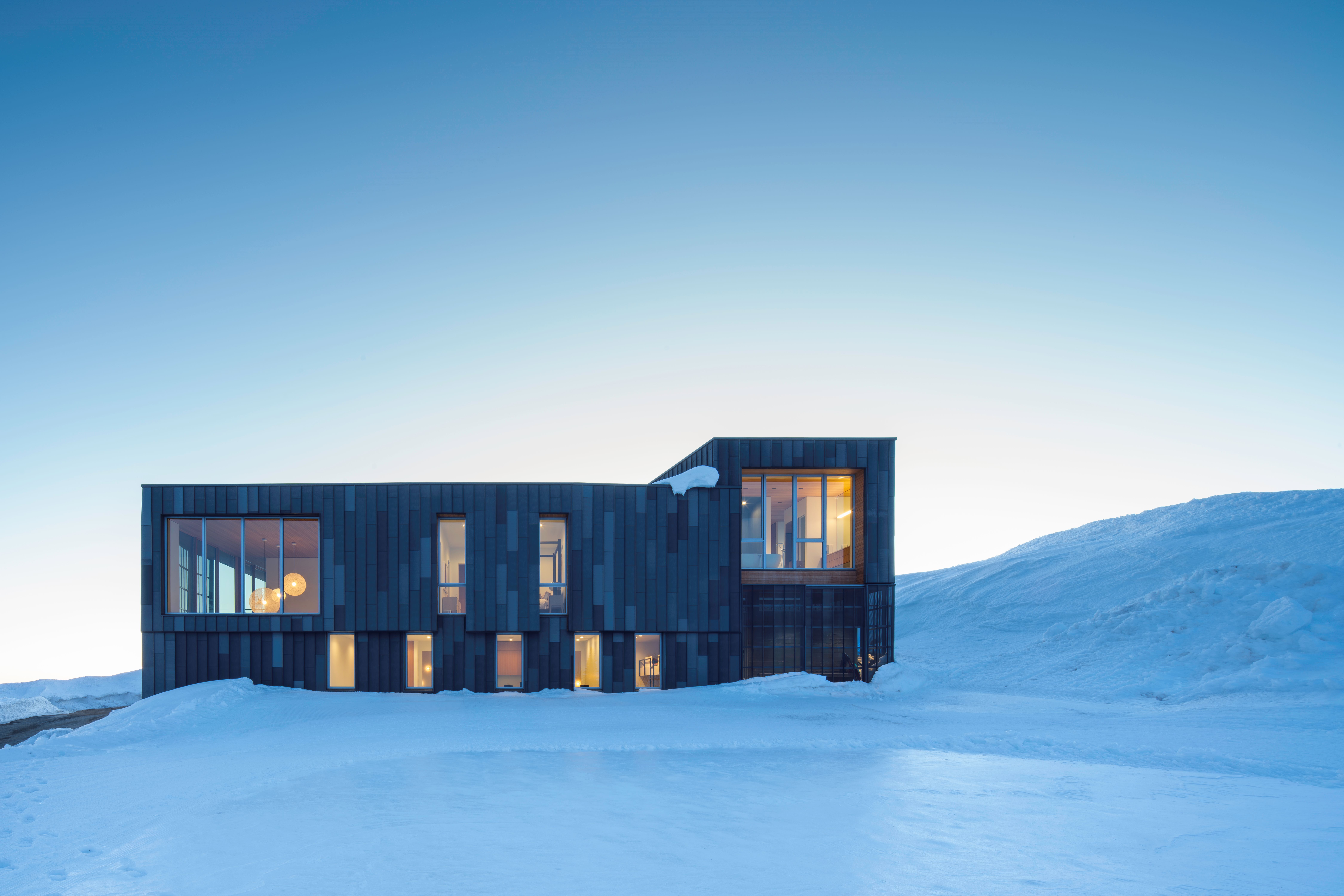
Step inside Kirigami House
Before every job, his practice do concept sketches and create an abstract model to express an idea in three dimensions. Here, the bare whiteness of the site inspired them to cut and fold a sheet of paper, a technique the Japanese call kirigami and that gave the house its name. It’s a version of origami, in which paper is simply folded.
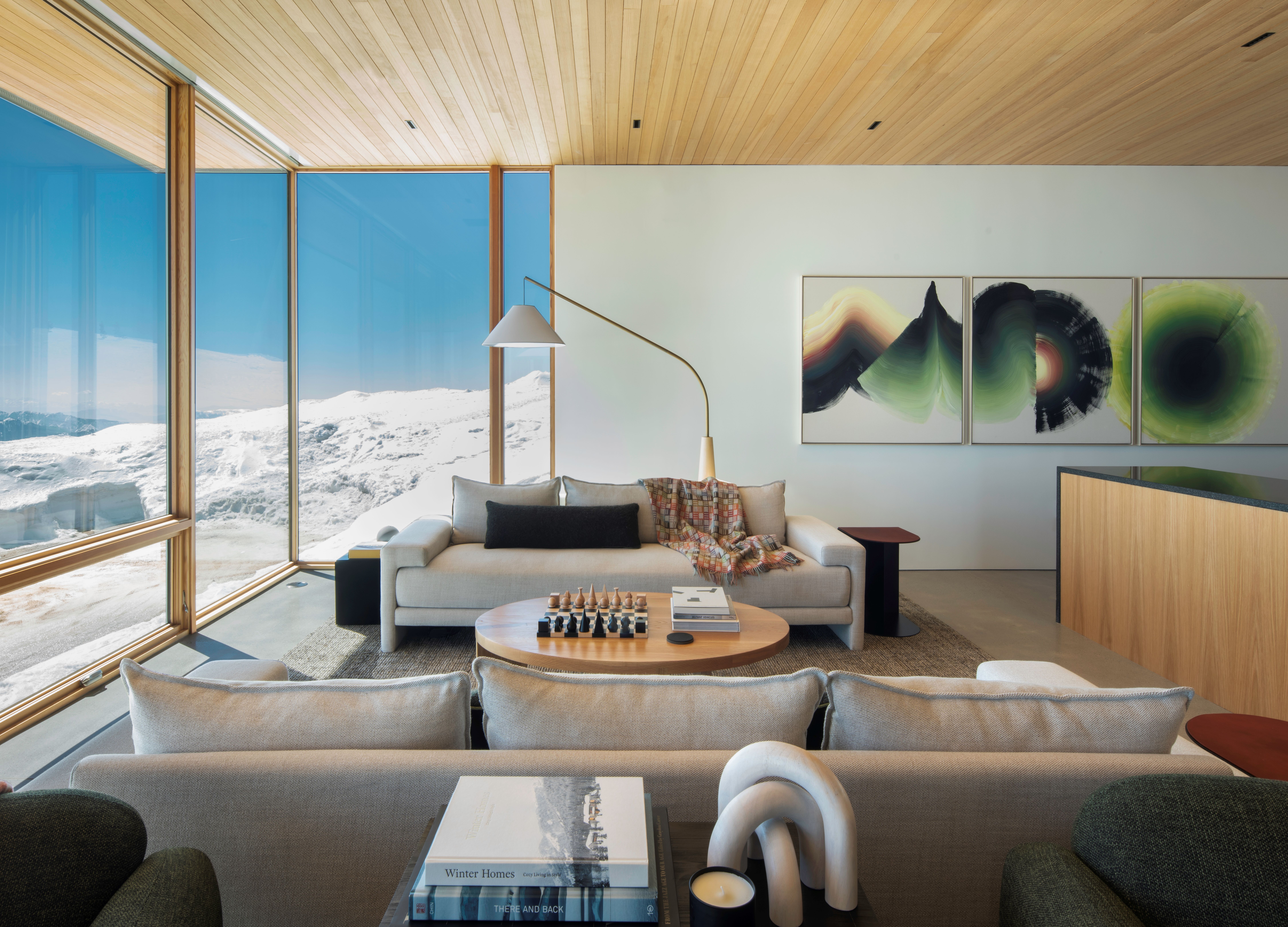
The client develops multi-unit housing nationwide and enjoys skiing and hiking with his family. They picked a site in a new master-planned community that strives for architectural excellence and will eventually comprise 500 homes, hotels and restaurants as well as 150 trails. It’s 8800 feet up and feels remote, but is conveniently close to Ogden airport.

The design guidelines limit height and square footage to check the overbuilding that has despoiled Park City and other resorts, and they require that roofs be constructed to support a heavy load of snow. In practice, winds that can top 100mph sweep the snow off a flat roof membrane even as it lingers on a pitched metal gable.

Kirigami had to be sustainable, require minimal maintenance and be equally appealing year-round. The thermally treated hem fir frame is partially exposed but most of it is wrapped in solid or perforated strips of TEKKo, a corrosion-resistant composite of steel and zinc, which were folded on site to create standing seams. Inspired by the concept model, lead architect Seth Striefel worked with the partners to carve away a block and exploit the sloping site. The garage, three guest bedrooms, a sauna, and a soaking tub that evokes the onsen (hot springs) of Japan occupy the lower level.

There’s a rear terrace from which skiers can set off on a run and return to a mud room to thaw out and change before they go upstairs. On the upper level the expansive living-dining-kitchen opens through pocketing sliders onto a wedge-shaped terrace that is intensively used in summer. A corridor links a guest suite and fully-enclosed media room to the primary suite, which is raised five feet and opens onto a deck.
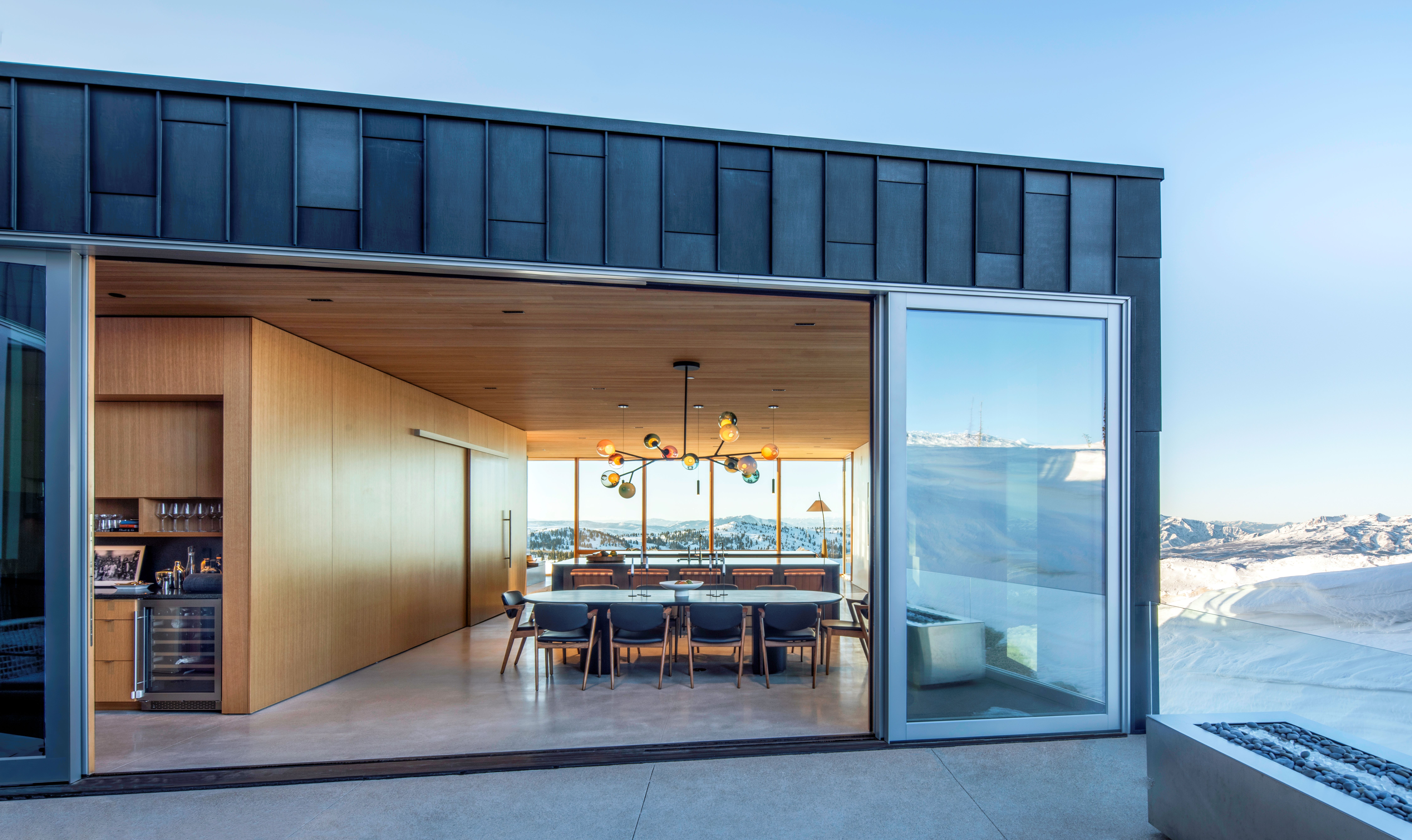
The owners cherish their Asian heritage and share the architects’ love of clean lines, impeccable details, and boldly expressed materials. Floors are of polished concrete, countertops of black granite, and cabinetry of rift white oak. Interior designer Meagan Westhoven, who has worked with the owners before, sourced the furniture and artworks, creating a relaxed, low-key foil to the stunning vistas that are framed by expansive windows on every side. It’s a house for every season; a subtle blend of poetry and practicality.
Wallpaper* Newsletter
Receive our daily digest of inspiration, escapism and design stories from around the world direct to your inbox.

Michael Webb Hon. AIA/LA has authored 30 books on architecture and design, most recently California Houses: Creativity in Context; Architects’ Houses; and Building Community: New Apartment Architecture, while editing and contributing essays to a score of monographs. He is also a regular contributor to leading journals in the United States, Asia and Europe. Growing up in London, he was an editor at The Times and Country Life, before moving to the US, where he directed film programmes for the American Film Institute and curated a Smithsonian exhibition on the history of the American cinema. He now lives in Los Angeles in the Richard Neutra apartment that was once home to Charles and Ray Eames.
-
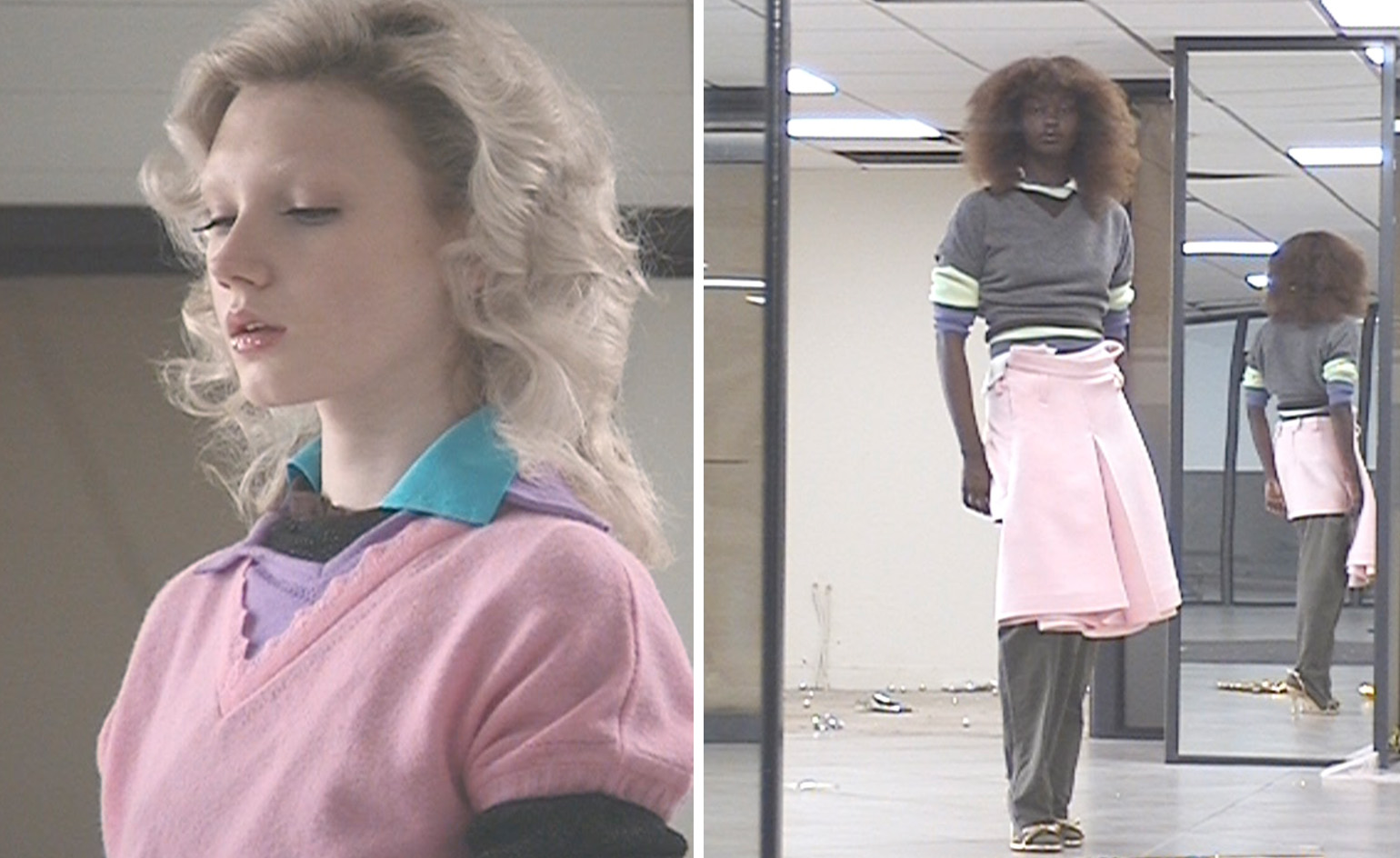 All-In is the Paris-based label making full-force fashion for main character dressing
All-In is the Paris-based label making full-force fashion for main character dressingPart of our monthly Uprising series, Wallpaper* meets Benjamin Barron and Bror August Vestbø of All-In, the LVMH Prize-nominated label which bases its collections on a riotous cast of characters – real and imagined
By Orla Brennan
-
 Maserati joins forces with Giorgetti for a turbo-charged relationship
Maserati joins forces with Giorgetti for a turbo-charged relationshipAnnouncing their marriage during Milan Design Week, the brands unveiled a collection, a car and a long term commitment
By Hugo Macdonald
-
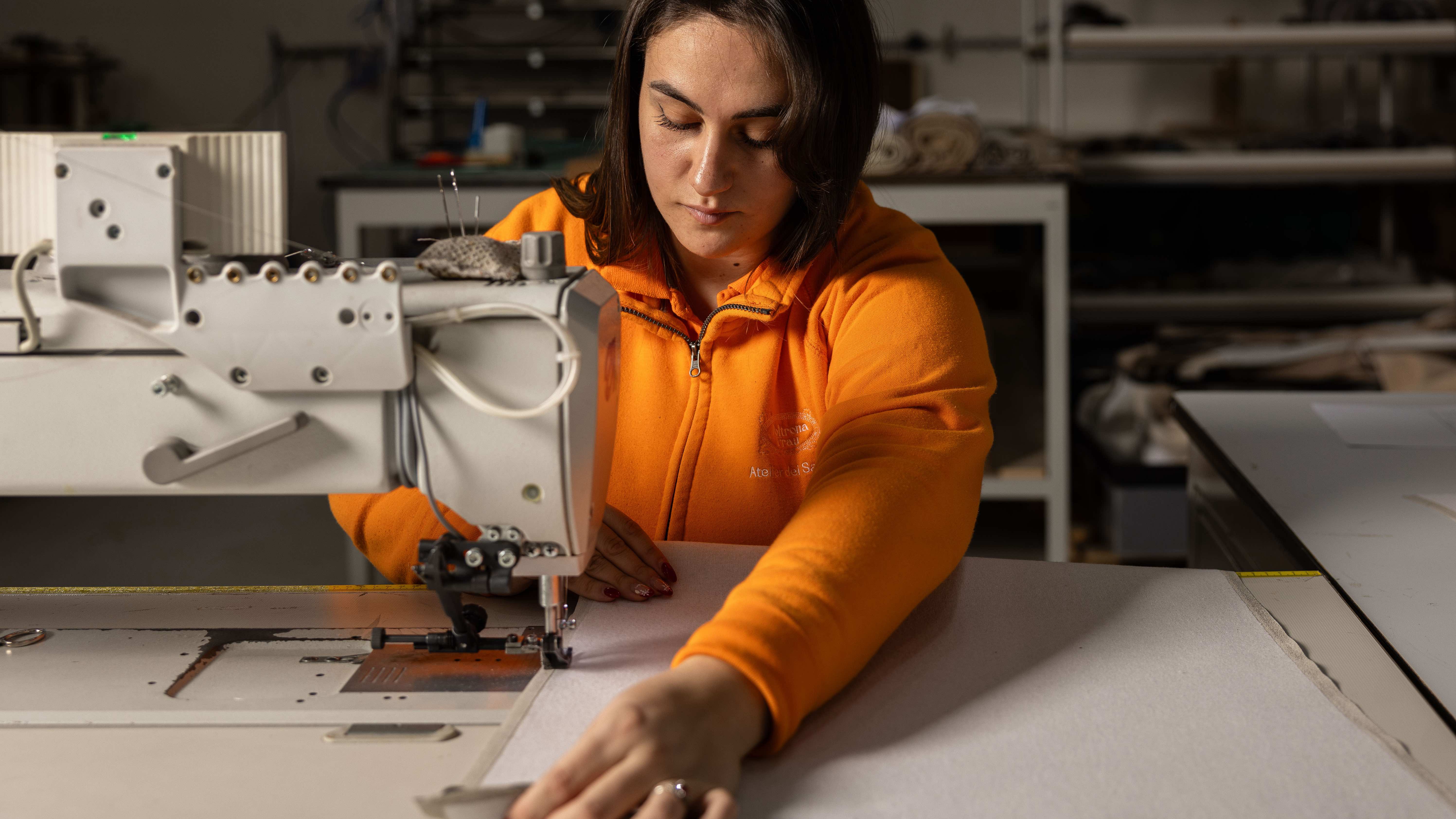 Through an innovative new training program, Poltrona Frau aims to safeguard Italian craft
Through an innovative new training program, Poltrona Frau aims to safeguard Italian craftThe heritage furniture manufacturer is training a new generation of leather artisans
By Cristina Kiran Piotti
-
 This minimalist Wyoming retreat is the perfect place to unplug
This minimalist Wyoming retreat is the perfect place to unplugThis woodland home that espouses the virtues of simplicity, containing barely any furniture and having used only three materials in its construction
By Anna Solomon
-
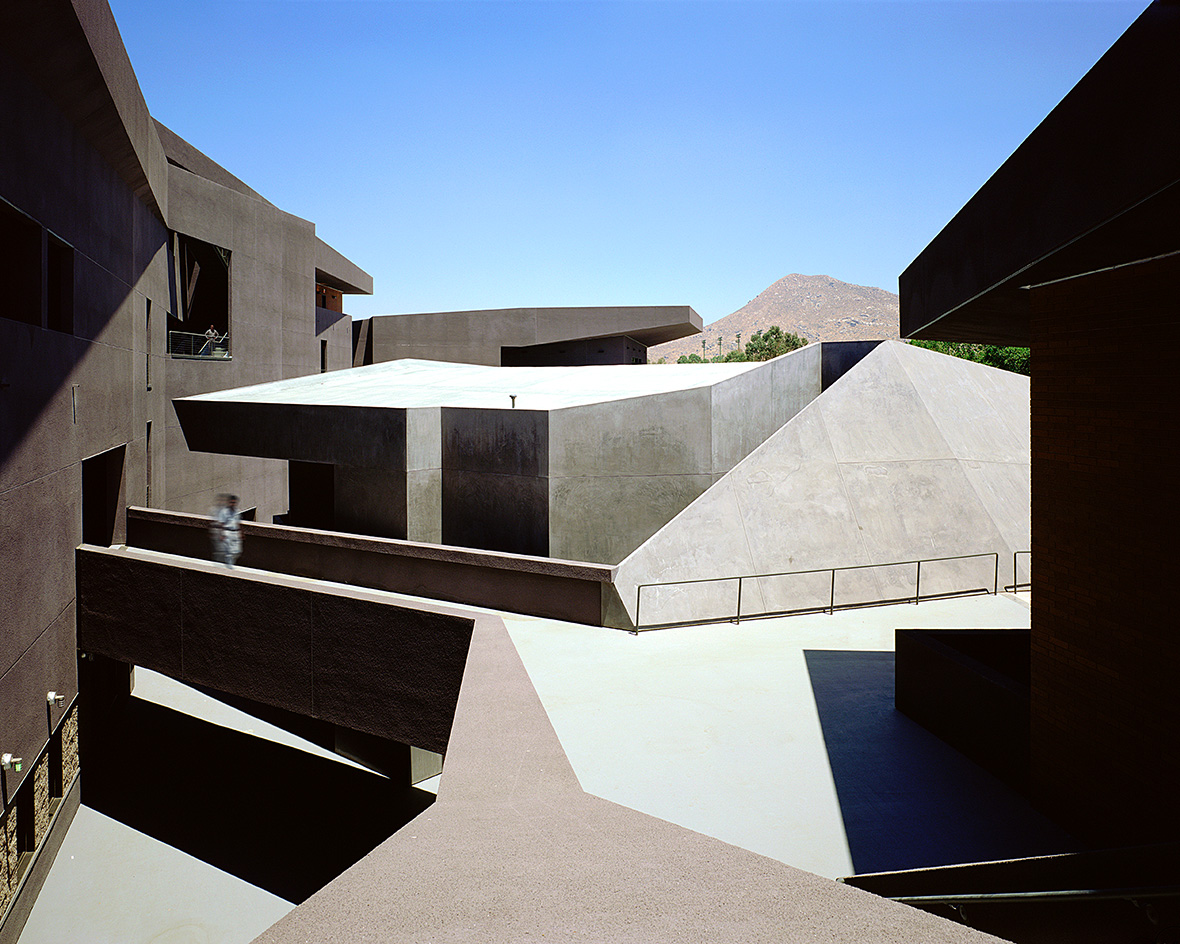 We explore Franklin Israel’s lesser-known, progressive, deconstructivist architecture
We explore Franklin Israel’s lesser-known, progressive, deconstructivist architectureFranklin Israel, a progressive Californian architect whose life was cut short in 1996 at the age of 50, is celebrated in a new book that examines his work and legacy
By Michael Webb
-
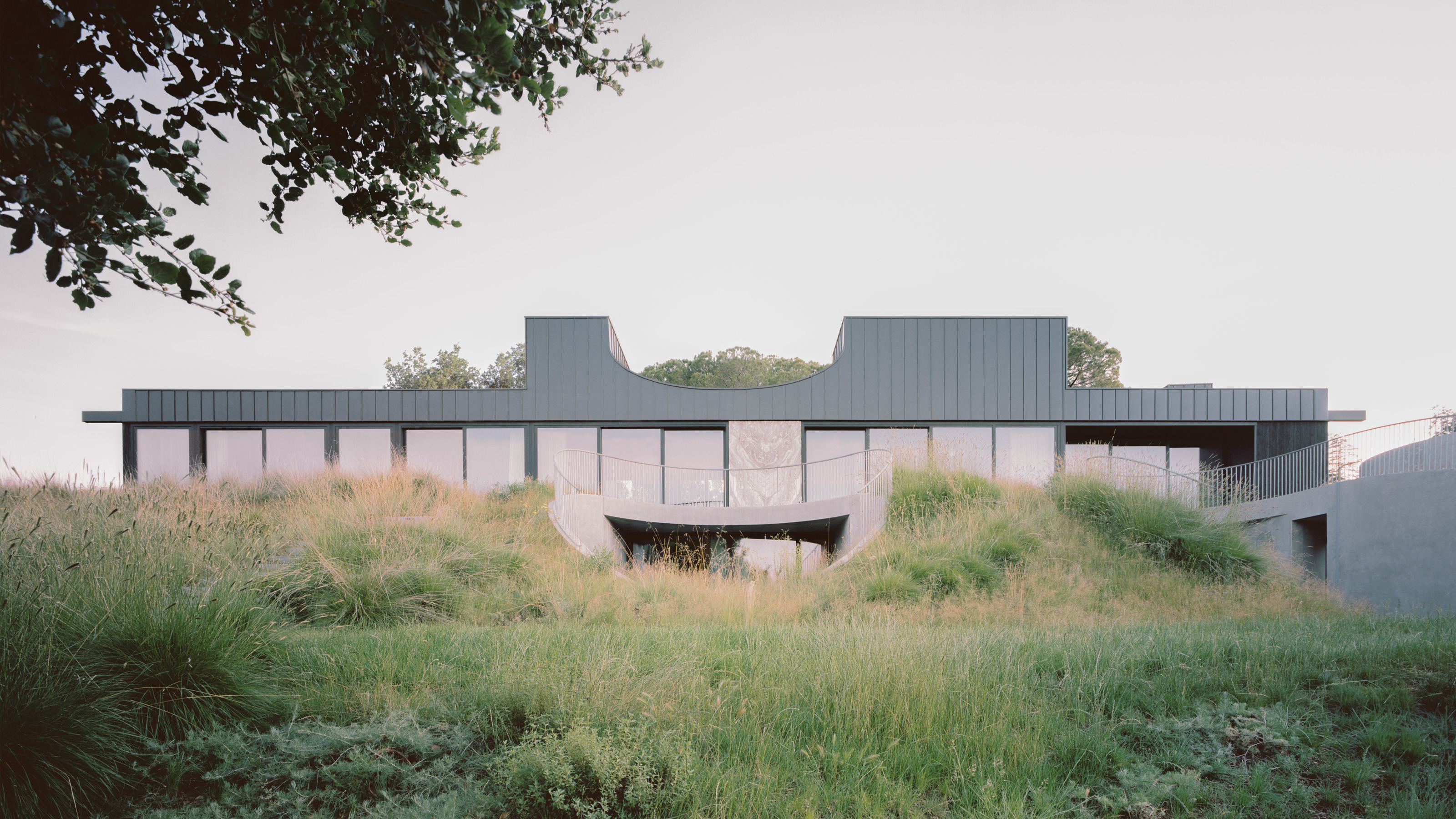 A new hilltop California home is rooted in the landscape and celebrates views of nature
A new hilltop California home is rooted in the landscape and celebrates views of natureWOJR's California home House of Horns is a meticulously planned modern villa that seeps into its surrounding landscape through a series of sculptural courtyards
By Jonathan Bell
-
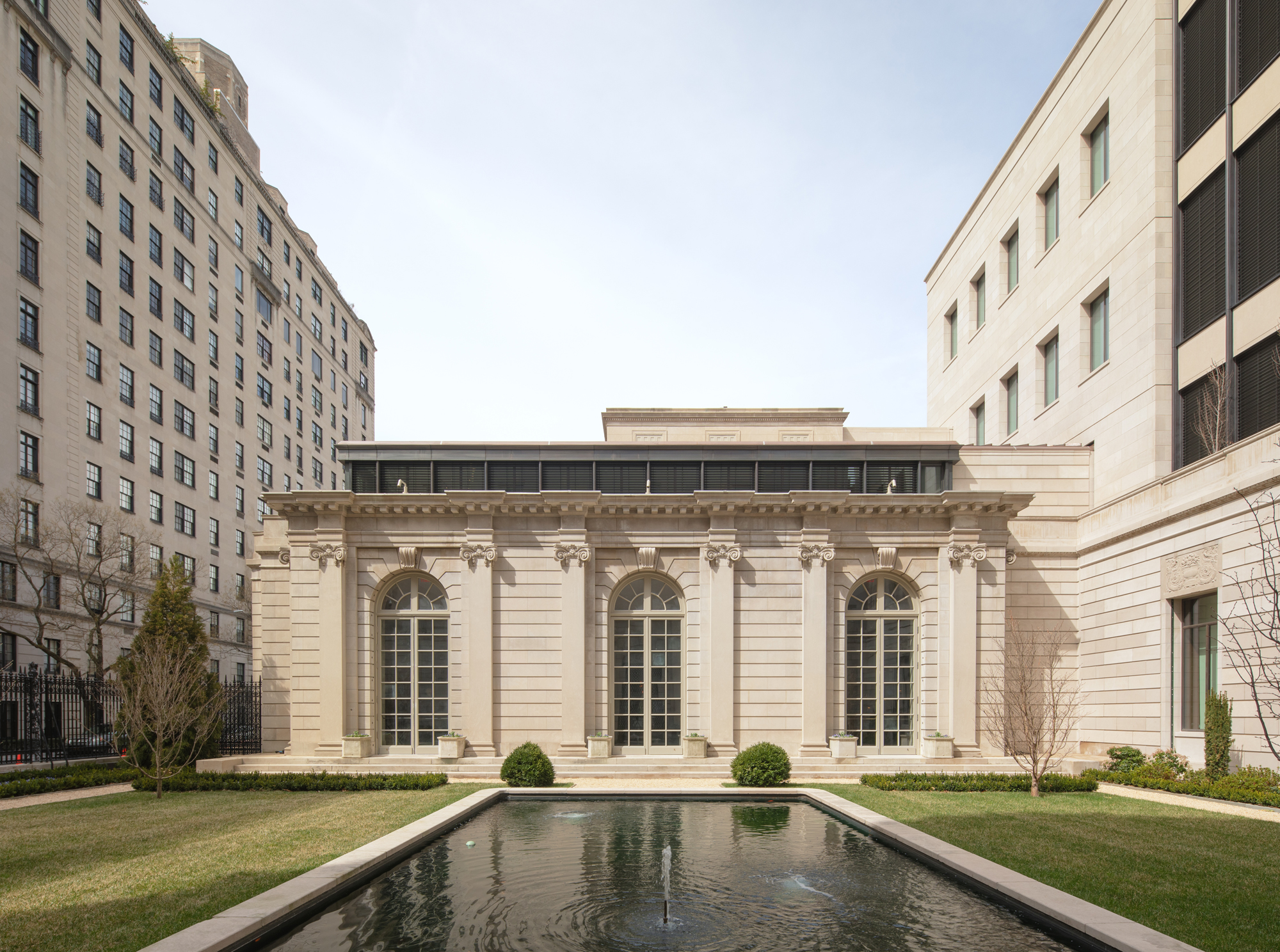 The Frick Collection's expansion by Selldorf Architects is both surgical and delicate
The Frick Collection's expansion by Selldorf Architects is both surgical and delicateThe New York cultural institution gets a $220 million glow-up
By Stephanie Murg
-
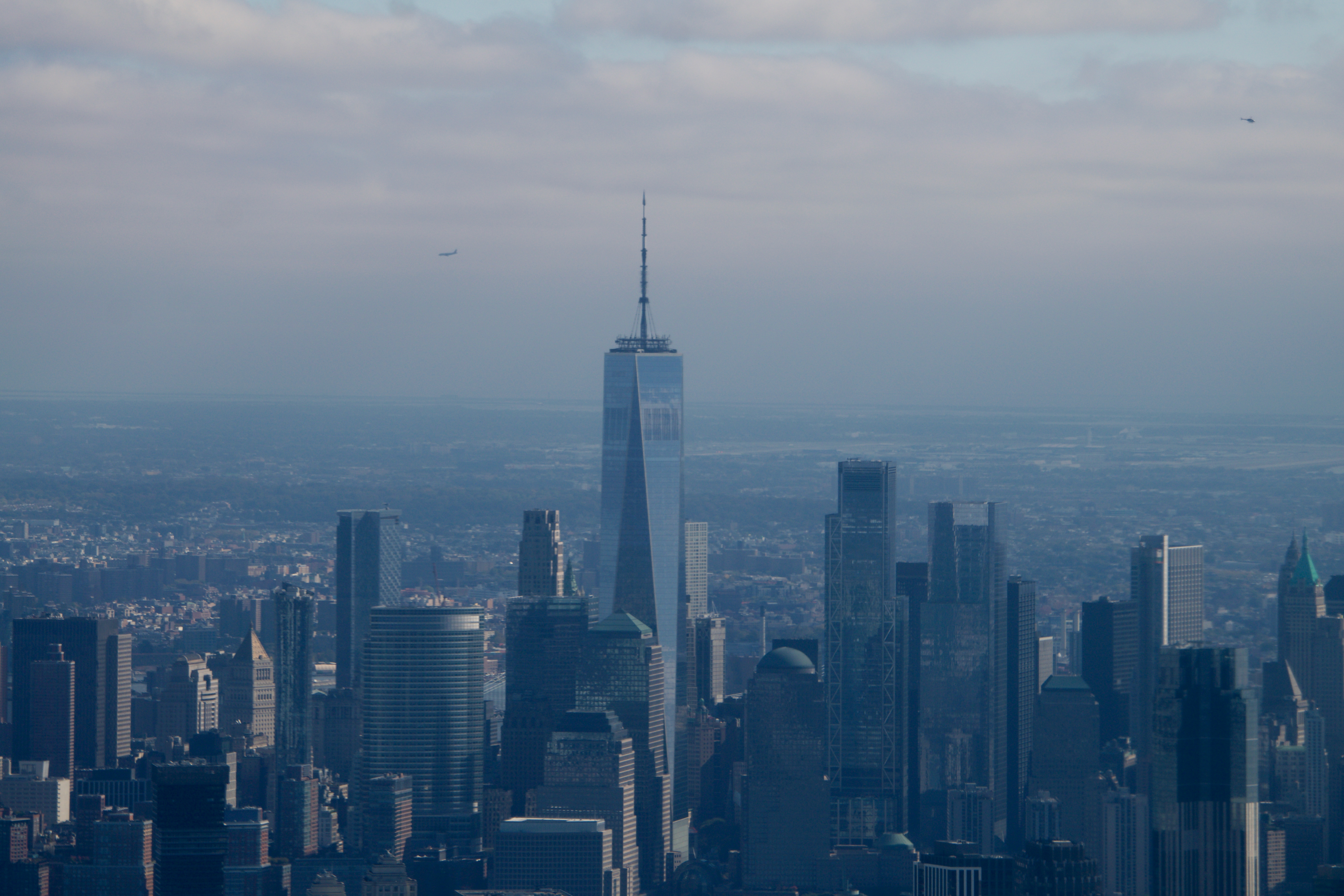 Remembering architect David M Childs (1941-2025) and his New York skyline legacy
Remembering architect David M Childs (1941-2025) and his New York skyline legacyDavid M Childs, a former chairman of architectural powerhouse SOM, has passed away. We celebrate his professional achievements
By Jonathan Bell
-
 The upcoming Zaha Hadid Architects projects set to transform the horizon
The upcoming Zaha Hadid Architects projects set to transform the horizonA peek at Zaha Hadid Architects’ future projects, which will comprise some of the most innovative and intriguing structures in the world
By Anna Solomon
-
 Frank Lloyd Wright’s last house has finally been built – and you can stay there
Frank Lloyd Wright’s last house has finally been built – and you can stay thereFrank Lloyd Wright’s final residential commission, RiverRock, has come to life. But, constructed 66 years after his death, can it be considered a true ‘Wright’?
By Anna Solomon
-
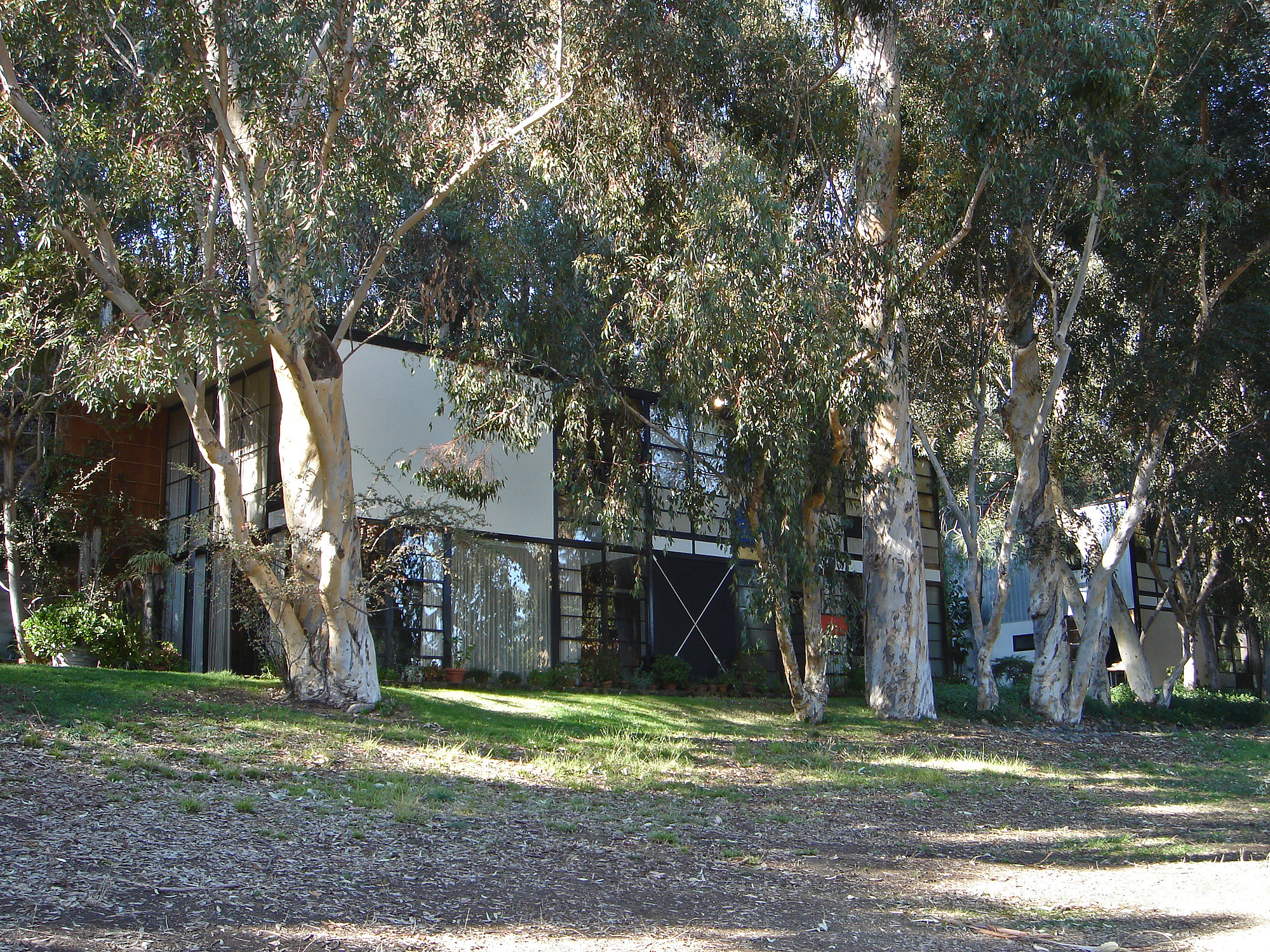 Heritage and conservation after the fires: what’s next for Los Angeles?
Heritage and conservation after the fires: what’s next for Los Angeles?In the second instalment of our 'Rebuilding LA' series, we explore a way forward for historical treasures under threat
By Mimi Zeiger